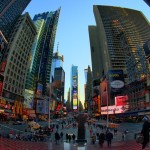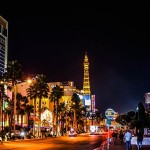Tokyo’s Tsukiji fish market teems with visitors for its last festival
Visitors tuck into seafood from across Japan at the Tsukiji fish market on May 3, the last such event to be held at its present venue in the capital’s Chuo Ward
An estimated 150,000 people descended on the Tsukiji fish market in Tokyo on May 3 to savor oyster, scallop and other seafood gathered from throughout Japan during the last festival held at the current venue.
Workers at the market donned T-shirts with characters that read “Thank you, Tsukiji” while they served visitors at the site in Chuo Ward.
“I am touched that such a large number of people showed up for the event,” said Hiroyasu Ito, the 81-year-old chairman of the Tsukiji Market Association, a group of dealers at the market. “I am filled with a sense of appreciation to Tsukiji and the sense that a chapter (in our history) is closing.”
One of Tokyo’s premier attractions, Tsukiji Market is the largest wholesale fish market in the world, moving around 2000 tonnes of seafood each day. Though other foods are sold here, it’s perhaps most famous for its early-morning tuna auctions – bleary-eyed tourists start queuing to register for one of the limited viewing spots from as early as 3.30am on auction days. The market has been in operation since 1935, when it replaced the original Nihombashi Market, but plans to shift it further south to Toyosu have been in discussion for years.
Not everyone associated with the market is happy with the decision to relocate, with some concerned that the market’s character and identity will be lost in the modern new Toyosu complex. There has also been controversy over soil contamination at the new site, which was formerly occupied by a gas works, leading to a costly and time-consuming clean-up operation. But supporters of the relocation cite the need for improved sanitation and more space as vital for the continuation of the market. The new market – set to open in November – will have state-of-the-art facilities, temperature-controlled rooms, and a viewing area for tourists.
Source, Photo by Christoph Rupprecht








